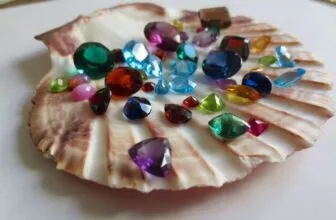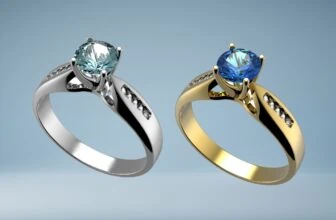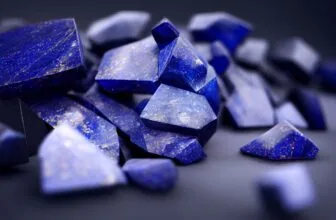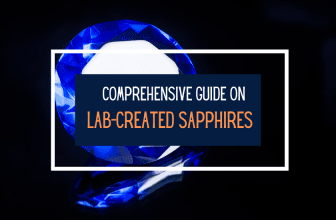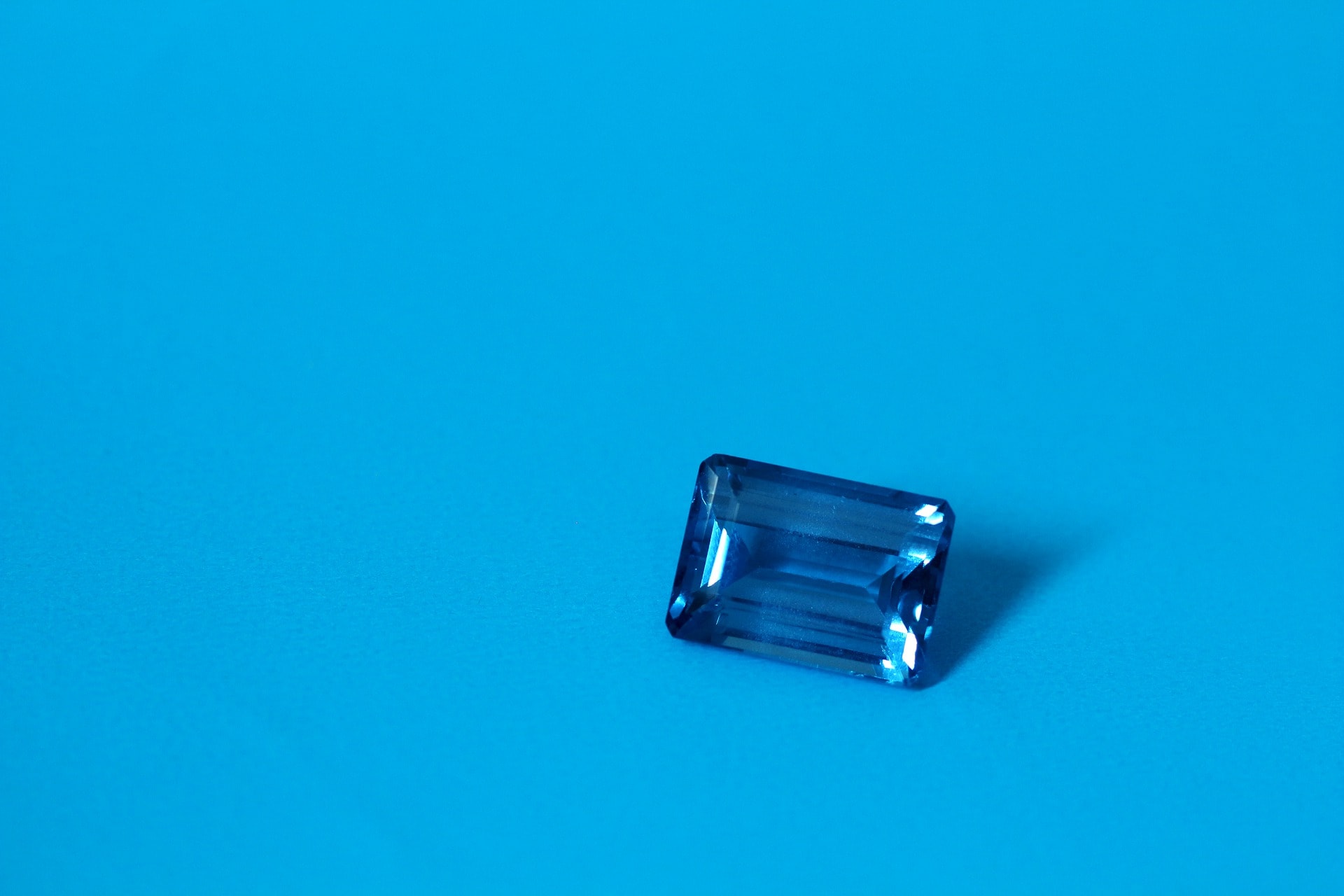
Table of Contents
As Jewelry Shopping Guide editors, we write about things that we love and we think you’ll like too. We often have affiliate partnerships, and may generate some revenue from these links at no cost to you.
While sapphires come in a range of colors, blue sapphires are the best-known. Of these, cornflower blue sapphires are among the most highly coveted. This variety of sapphires is known for its vivid, pure blue hue, rarity, and value.
What is Cornflower Blue Sapphire?
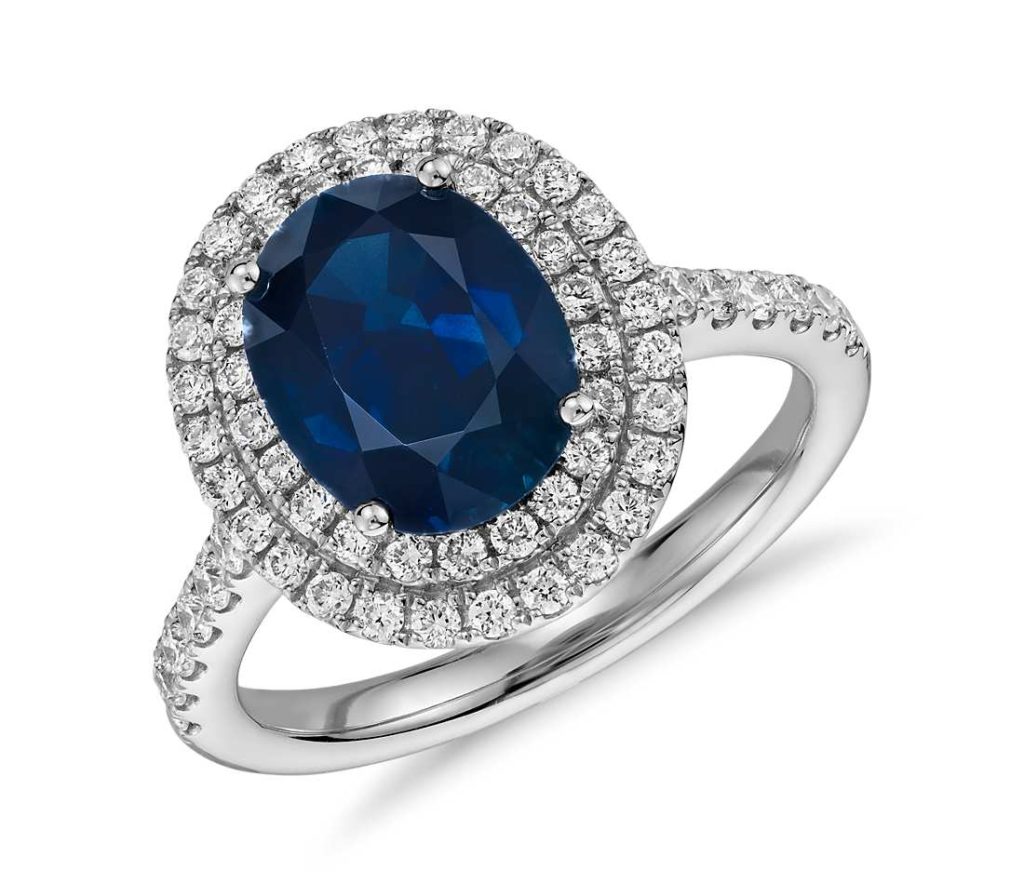
Blue is a rare color in the natural world, especially when it comes to plants and flowers. As such, the cornflower is a rare truly blue flower, showcasing a stunning hue that stands out. Due to this association, sapphires that feature pure blue hues, with no secondary tints of blue or green, are known as cornflower blue sapphires. Cornflower blue sapphires is a descriptive nickname used to refer to such sapphires and isn’t a scientific term.
Most cornflower blue sapphires come from Kashmir, Sri Lanka (Ceylon), Myanmar (Burma), and Madagascar. Of these, Kashmir cornflower blue sapphires have the highest quality and are the most expensive. Kashmir cornflower blue sapphires are highly valuable and have a ‘blue velvet’ quality. These gemstones are extremely rare and have an almost legendary attraction to them.
Cornflower Blue Sapphire vs. Blue Sapphire
For a sapphire to be considered cornflower blue, rather than just blue, it should have no secondary hues. The stone should have excellent saturation and the right tone, being neither too dark nor too light. This variety of sapphires is the closest to being true blue.
However, because this is an industry nickname and not a scientific term, it’s not always used when describing a sapphire’s color. For example, you may be on a site like James Allen, which offers a wide range of blue sapphires, but you won’t find any ‘cornflower blue’ sapphires on their list.
Needless to say, cornflower blue sapphires are very rare and command high prices. As the most sought-after color of sapphire, they’re in demand.
How to Buy a Cornflower Blue Sapphire
When looking to purchase cornflower blue sapphire, it’s important to evaluate the stone’s color, clarity, cut, and carat weight.
Color
Cornflower blue sapphires can range in color from a soft blue to a vivid, bright blue, which are considered the most valuable. Check that there aren’t any secondary colors in the stone, such as purple or green.
Clarity
Sapphires tend to have visible inclusions. However, the most valuable varieties are eye-clean and have perfect transparency and clarity. Having said that, note that there is a variety of cornflower blue sapphires which contain rutile inclusions, resulting in a star-like effect (known as asterism). These inclusions enhance the stone’s value, and are typically cut en cabochon to bring out the smooth, star effect of the stone.
Cut
The cut of the gemstone is key as it brings out the color and beauty of the stone. Because cornflower blue sapphire is rare and expensive, cutters focus on minimizing any unnecessary wastage of the rough. Most cornflower blue sapphires are faceted and cut into a variety of shapes, including oval, round, princess, emerald, and cushion.
Carat
Larger cornflower blue sapphires are very rare and command high prices. The price of these sapphires goes up exponentially per carat, much like diamonds.
Where to Buy Cornflower Blue Sapphire?
Buying cornflower blue sapphire should be done carefully, as this is typically a very big purchase.
First, it’s important to consider how much you’re willing to spend and then to search within that budget range.
Look for certification from a reputable lab like the GIA, to ensure that what you’re purchasing is the real thing.
Always purchase from a reputable site with a proven track record. We suggest James Allen and Blue Nile.


